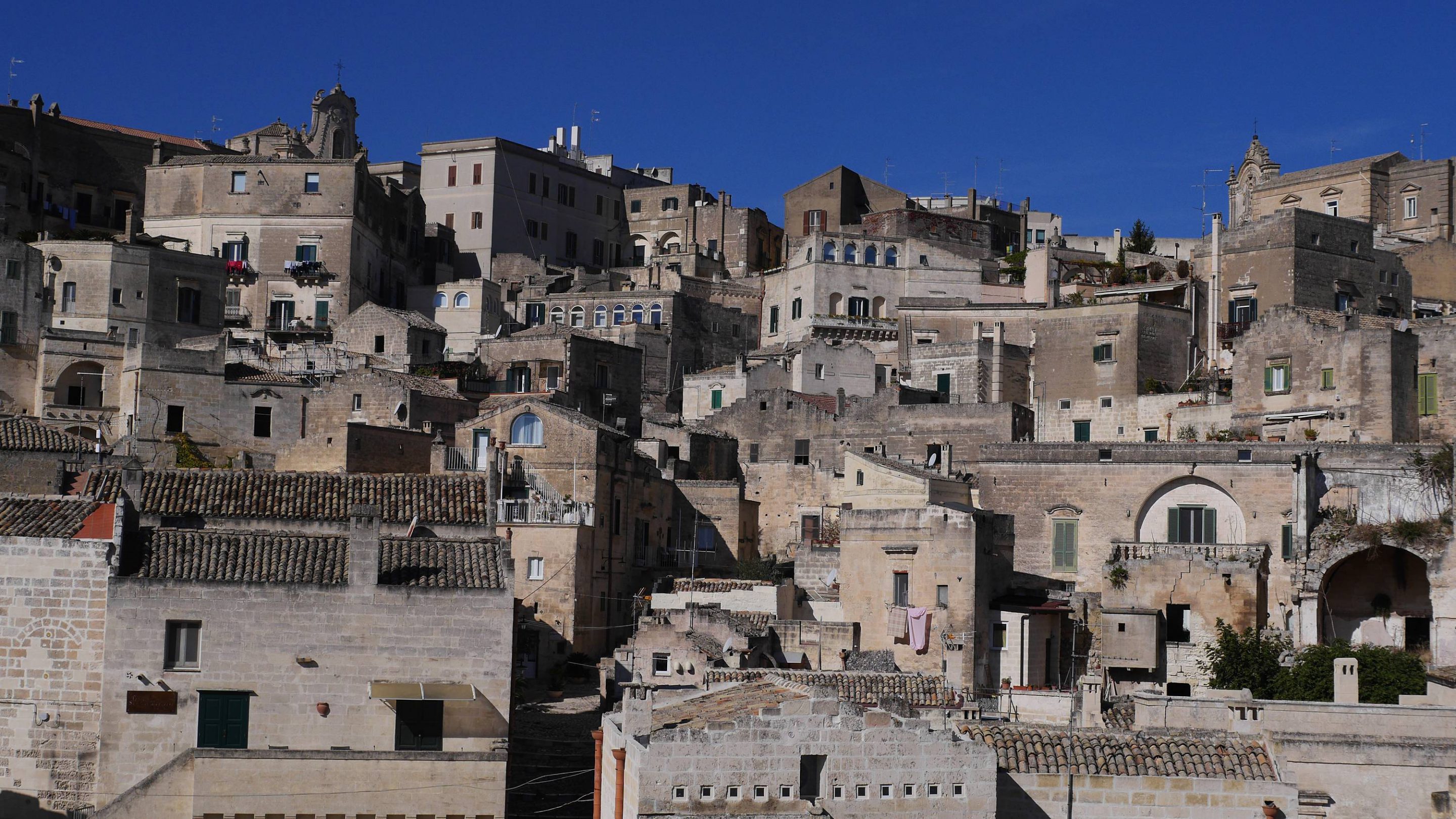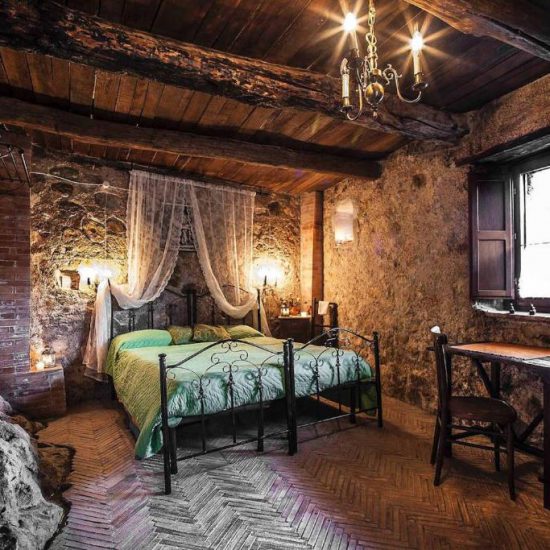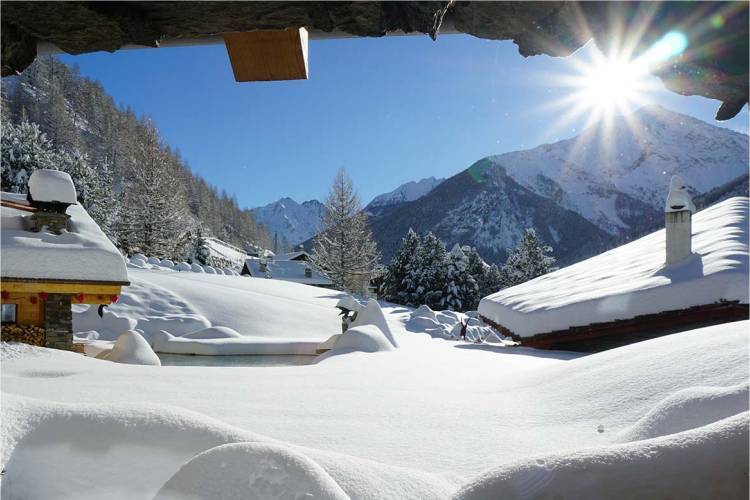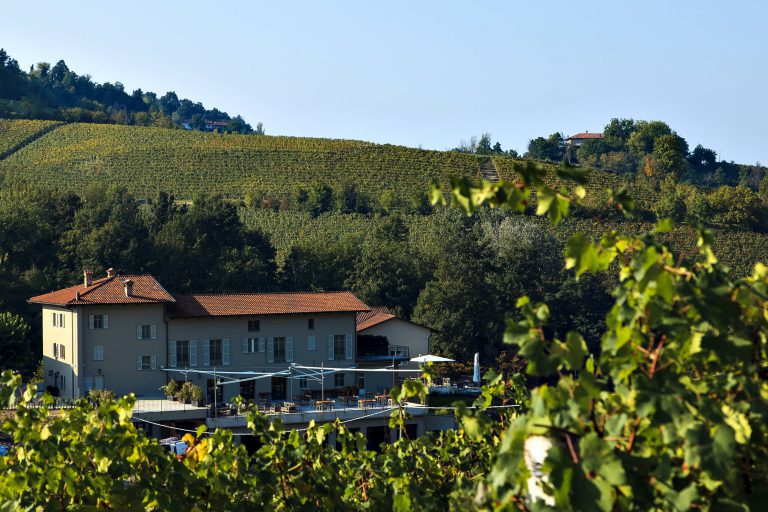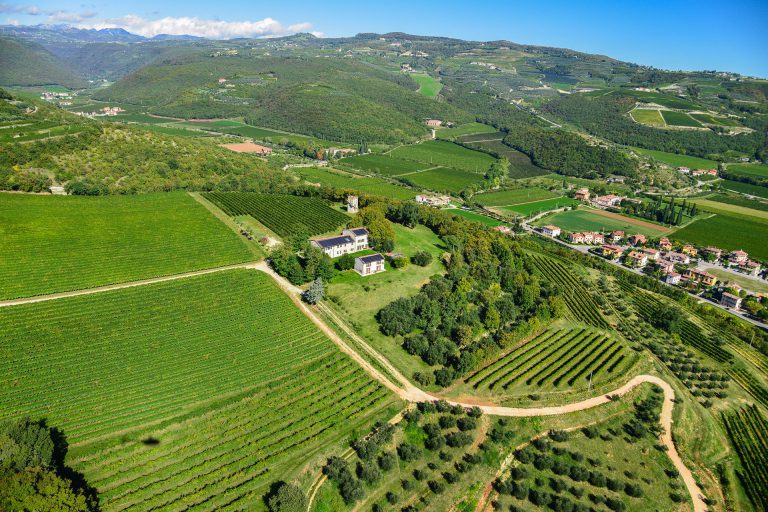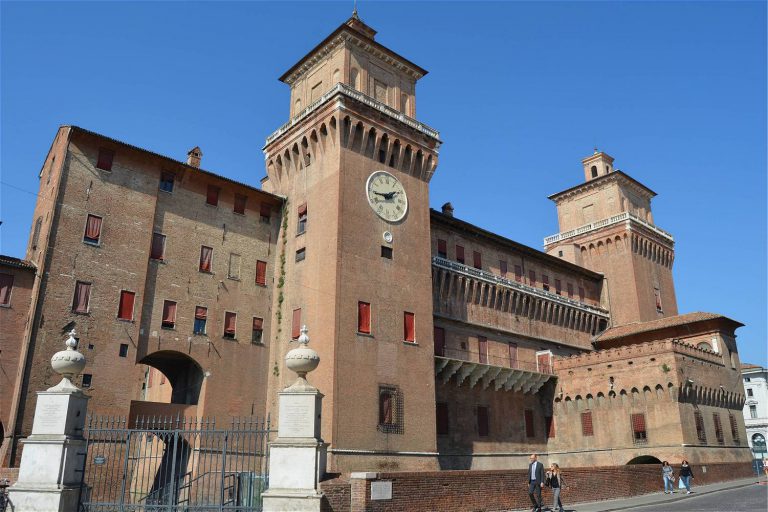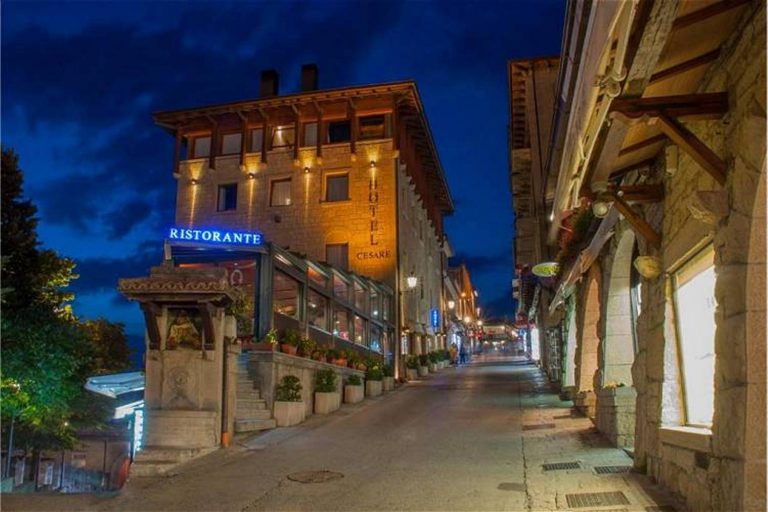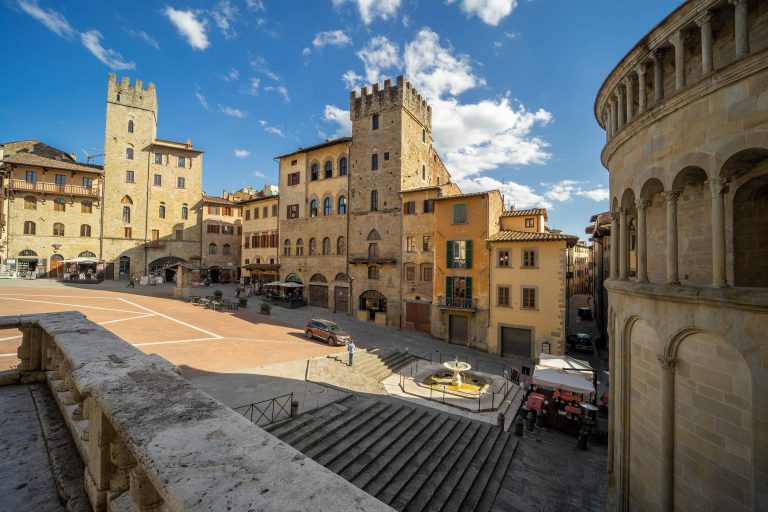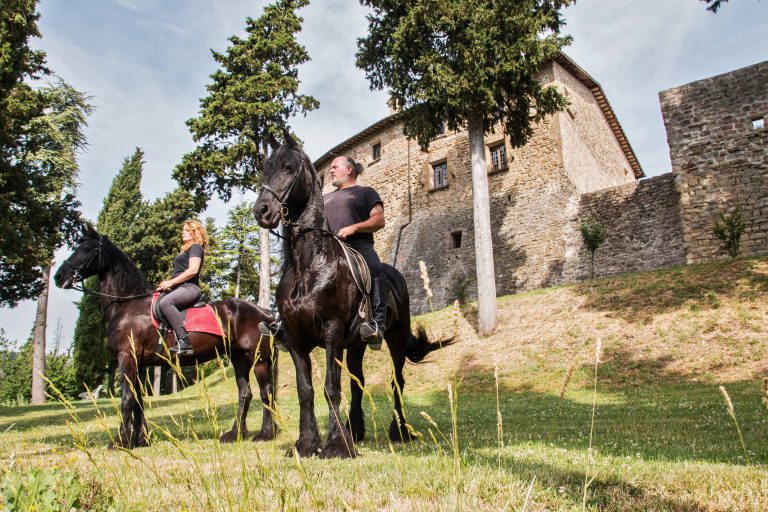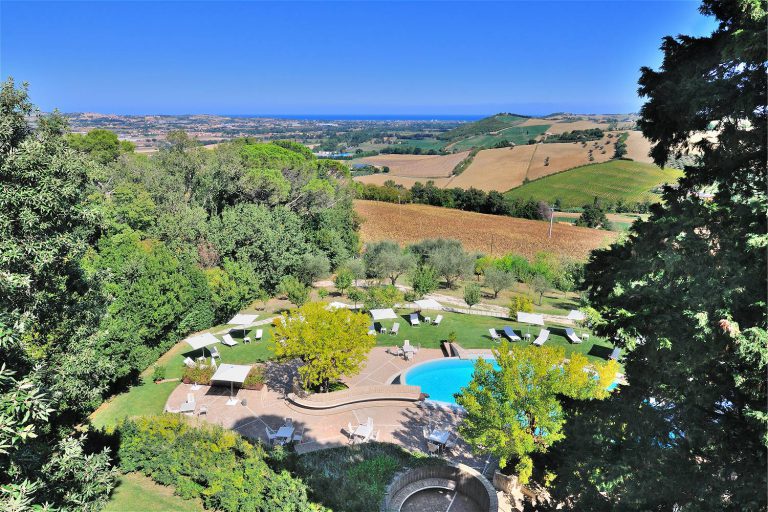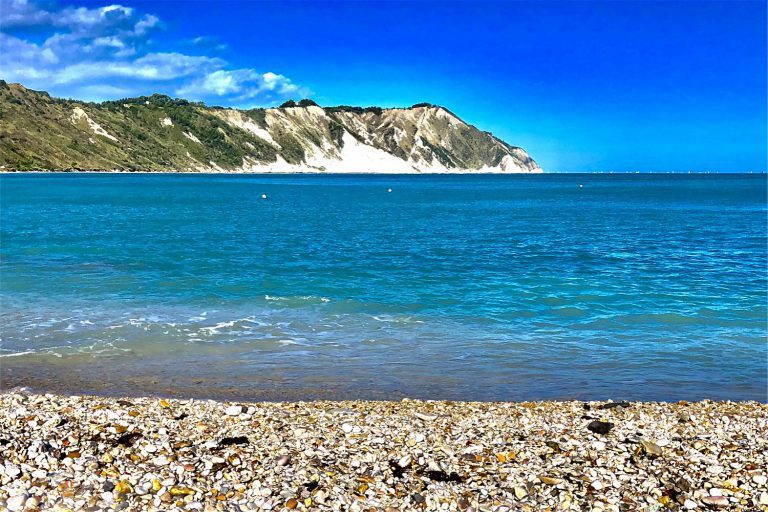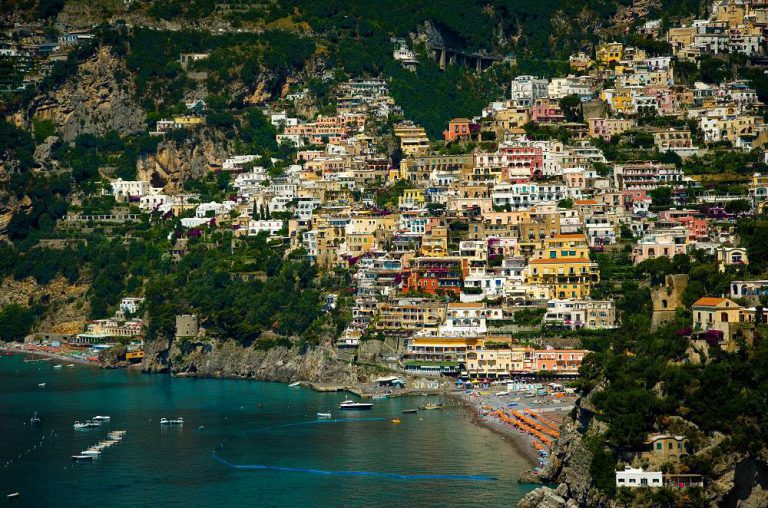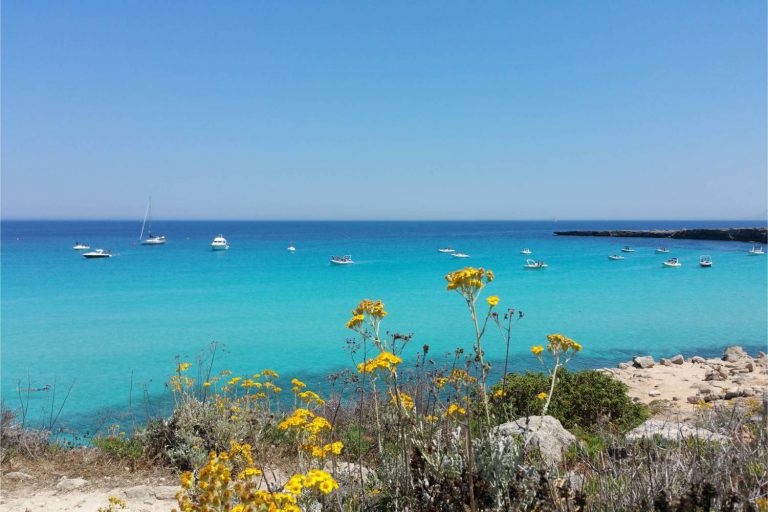White beaches and turquoise sea, villages carved into the rocks, parks and castles perched atop silent mountains, Basilicata seems like an enchanted country. This region offers visitors an incredibly wide range of excursions, art and history: its past is rooted in prehistoric times and the many cave churches bear witness to this.
Local art, cuisine and folklore are rich in different influences, due to the numerous dominations this region has undergone: from the Greeks to the Normans to the Aragonese. But what is most striking about Basilicata is the beauty of its lush, luxuriant and, in some areas, unspoilt nature.
The small villages on the hills seem to be perfectly in tune with the landscape, so much so that sometimes it seems as if you are looking at a painting. Maybe it is because of the lights, maybe because the people here are hospitable and overwhelming, but you fall in love with Basilicata.
The capital of Basilicata, Potenza, stands on the Apennine ridge to the north of the Lucanian Dolomites; the oldest part of the town is on top of a hill, while the modern part was built at the foot of it. The urban core of the capital is of Bourbon origin and can be recognised by the narrow streets built to dampen the wind in these areas. While Potenza is the capital, Matera is certainly the best known city in the whole of Lucania. The city of the Sassi, chosen as European Capital of Culture 2019, is a small jewel carved into the mountains, where time seems to have stopped. To savour the true spirit of Basilicata, it is essential to visit the smaller towns. Starting from Craco Vecchia, the little Pompeii of Basilicata, a charming ghost town (completely uninhabited since 1963 when, following a major landslide, the inhabitants were forced to move), of medieval origin, has remained unchanged over time.

